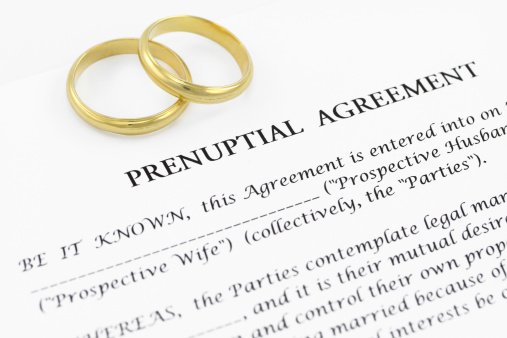Prenup Lawyers
What You Should Look for When Hiring a Prenup Lawyer
When hiring a prenup lawyer, you will want to know that if they are a specialised divorce lawyer that has previous experience drafting prenups.
Prenups don’t have the best reputation in Australia.
This is largely because many legal practitioners may ‘dip their toes’ in the world of prenups and offer it as a service, but aren’t familiar with the latest laws surrounding them.
It is really important that you engage a law firm that is proficient in prenups, and have the experience to assure you that the agreement will be binding.

“Hayder was very knowledgeable and helpful in providing a brief overview of the status my legal matter. The questions were answered succinctly & honestly.“ – Danny Simmons
Our Services
- Drafting Agreements
- Legal Consultation
- Reviewing of Existing Prenuptial Agreements
- Amendmening or Updating
- Mediation

Let us Help You
Reach out for an exploratory conversation.
How Does a Prenup Work
To ensure a valid and binding prenuptial agreement in Australia, follow these key steps in order:

What is a Prenup
A prenuptial agreement in Australia, commonly known as a prenup, is a document that governs how your assets will be distributed if you and your partner separate. The legal term for a prenup is a binding financial agreement.
At any stage of relationship, couples can enter into a binding financial agreement. It’s not possible to enter into a prenup if there’s already a valid prenup with another person.
Essentially, it lists all the property and any debts that each person owns and then outlines each person’s property rights after the marriage. Prenup is a written contract that establishes each person’s financial standing and how finances will be split after a separation.
Both parties intending to enter into a prenup must ordinarily reside in Australia. Each party must also obtain Independent Legal Advice from different lawyers working in different law firms. The lawyers must also sign a certificate confirming that the advice, as required by the Family Law Act 1975 (Cth), was given to their client before their client signed the Agreement.

We address all aspects of family law
Your journey, our advocacy.

AVO

Child Custody

Child Support

Consent
Orders

De Facto Property Settlement

Divorce

Mediation
Prenup

Property Settlement

Separation

Wills and Estates
Learn what steps you can take next.
Reviews

